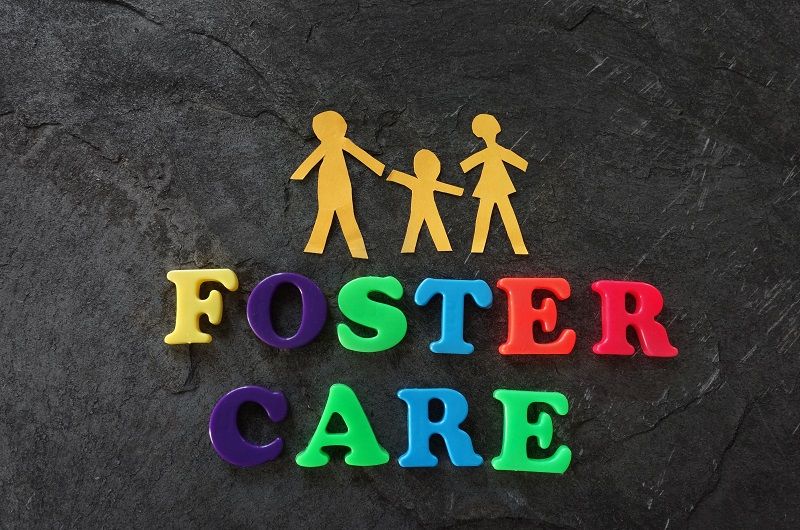By Sally C. Pipes
Few complaints about the U.S. health care system are as common as the claim that we spend too much on health care and get too little for all that spending in return—especially compared to other industrialized nations.
A new Commonwealth Fund report is the latest to indict U.S. health care. It pegs the American system dead last in a survey of 11 developed countries. But like virtually every other study that trashes the U.S. health care system, Commonwealth’s rankings rely on questionable assumptions, like giving weight to those systems that treat people equally rather than well. At the same time, Commonwealth ignores the problems that countries with socialized health care systems have actually treating people once they’re sick. And on that metric—that is, actually delivering care to those who need it—the United States is without peer.
The Commonwealth Fund report begins by asserting that the U.S. health care system “is the most expensive in the world.” It’s true that the United States spends a larger share of its Gross Domestic Product—17.9 percent, or almost $3 trillion—on health care than other countries. But by itself, that statistic means nothing.
The United States also happens to be one of the richest countries in the world. Once basic needs are taken care of, an increasing share of each extra dollar will go to what were once considered luxuries. That’s borne out by national spending data. Between 1990 and 2012, for example, spending on health care climbed 290 percent, significantly faster than overall GDP growth of 171 percent.
But household spending on live entertainment went up more than 500 percent over those same years, while spending on pets climbed 353 percent. By the Commonwealth Fund’s logic, America also faces a pet-care spending crisis. In contrast, spending on staples like food, clothing, housing, and furnishings climbed more slowly than overall GDP.
The Commonwealth Fund concludes that the United States “underperforms relative to most other countries on most other dimensions of performance” despite having the most expensive health care system in the world. But a closer look at those “dimensions” calls that claim into question.
Take infant mortality rates, where the United States typically places far down the list behind France, Greece, Italy, Hungary, even Cuba. This comparison is notoriously unreliable, because countries either use different definitions of a live birth—or fudge their numbers. The United States, for example, counts every live birth in its infant mortality statistics. But France only includes babies born after 22 weeks of gestation. In Poland, a baby has to weigh more than 1 pound, 2 ounces to count as a live birth. The World Health Organization notes that it’s common practice in several countries, including Belgium, France, and Spain, “to register as live births only those infants who survived for a specified period beyond birth.”
What’s more, the United States has significantly more pre-term births than other countries. That fact alone accounts for “much of the high infant mortality rate in the U.S.,” according to a report from the Centers for Disease Control and Prevention (CDC). The CDC found that if the United States had the same pre-term birth rate as Sweden, our infant mortality rate would be cut nearly in half.
What about life expectancy, where the United States ranks below its peers as well? International measures of longevity typically fail to account for differences in obesity, accidental deaths, car accidents, murders, and the like, all of which shorten lives no matter how good a nation’s health care system is. The U.S. murder rate, for example, is far higher than all the other countries in the Commonwealth Fund study. The United States has a worse highway death rate than all but one of them. And U.S. obesity rates are more than double Canada’s and more than four times Switzerland’s.
A far more meaningful comparison of international health systems would take stock of how people afflicted with diseases such as cancer fare in different countries. And on this measure, there’s no question the United States stands above the rest. Five-year survival rates for breast cancer are higher in the United States than England, Denmark, Germany, and Spain, according to the American Cancer Society. In the United States, the survival rate for prostate cancer is 99.1 percent. In Denmark it’s 47.7 percent. For kidney cancer patients, the survival rate here is 68.4 percent. It’s just 45.6 percent in England—which the Commonwealth Fund ranked as the number-one health care system in the world.
Finally, the Commonwealth Fund study also ignores massive problems with actual access to care in the countries it heralds. Every citizen of a country with socialized medicine may have insurance. But that doesn’t mean they can get the care they need.
Treatment delays were so chronic in the United Kingdom, for example, that the government had to issue a formal requirement that patients shouldn’t have to wait more than four months for treatments authorized by their general practitioner. The Royal College of Physicians found that poor care—including doctors trying to keep costs down—caused nearly two-thirds of asthma deaths in the U.K. in 2012.
In Canada, the average patient seeking an elective medical service has to wait four-and-a-half months between being recommended for treatment by their primary care physician and actually receiving it. Waiting for care is the norm in Canada, even though Madam Chief Justice Beverley McLachlin of the Canadian Supreme Court declared nine years ago, in a ruling holding a ban on private health insurance in Quebec illegal, “Access to a waiting list is not access to health care.”
The Commonwealth Fund is right about one thing—the U.S. health care system is too expensive. But rationing care—as Commonwealth’s favored systems do—is not the answer. Oregonians should pay special heed to this warning since your “Bold Experiment That Failed,” the Oregon Health Plan rationing scheme, is still seen by many as a model for all of you.
Sally C. Pipes is President, CEO, and Taube Fellow in Health Care Studies at the Pacific Research Institute in San Francisco. She is a guest contributor for Cascade Policy Institute. A version of this article was originally published by Forbes.











